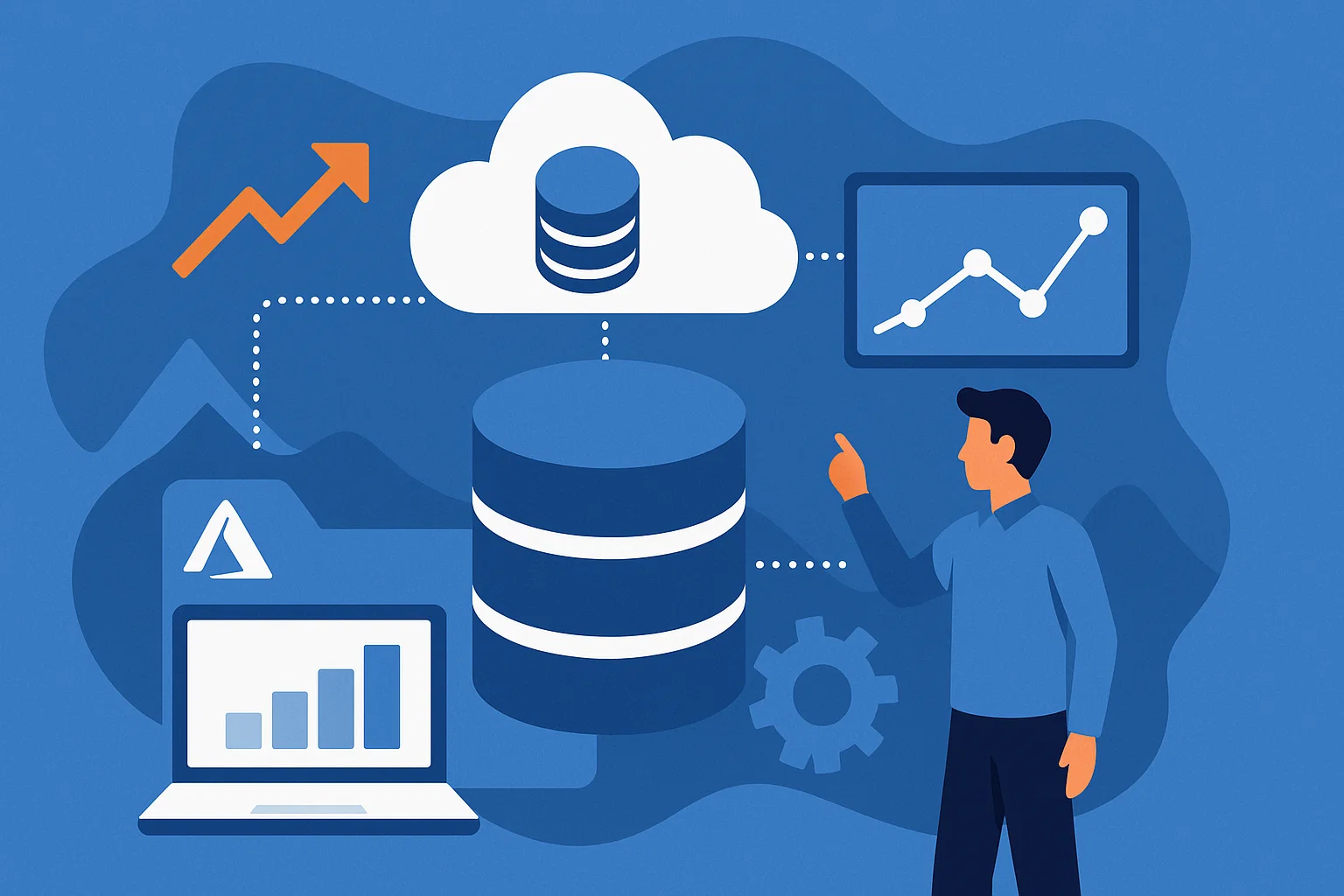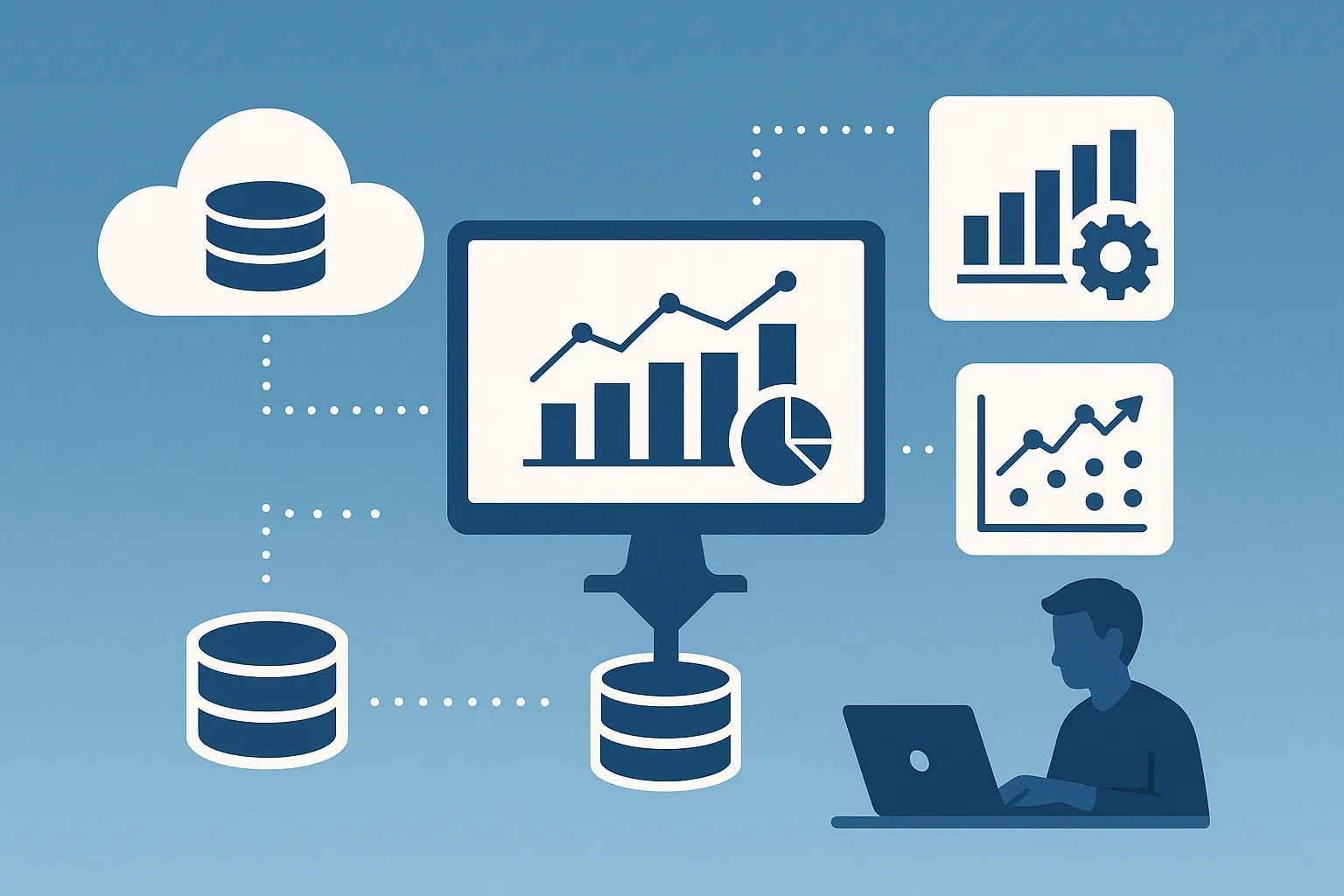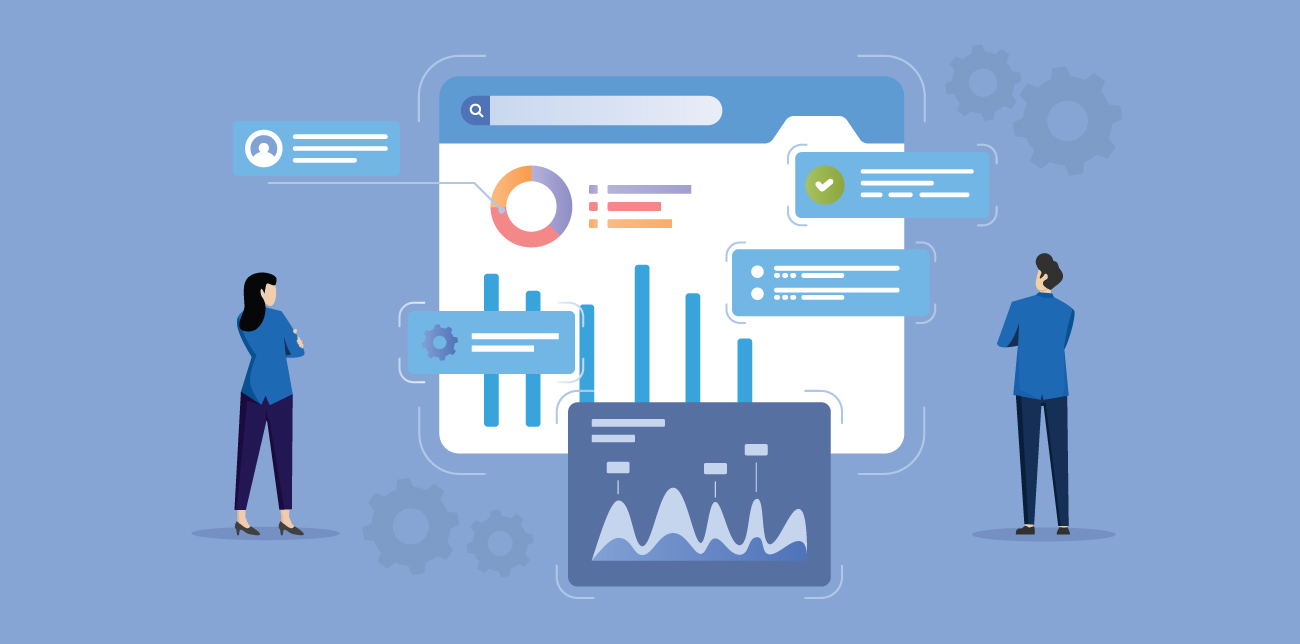Data management doesn’t have to be complicated. Yet across industries, organizations continue to face familiar challenges: valuable data trapped in disconnected silos, teams spending more time on maintenance than on extracting insights, and budgets strained by infrastructure that’s either overbuilt or consistently underperforming.
After witnessing countless companies transform their data strategies, one thing is clear—managed data platform services are more than just another IT solution. They’re redefining how businesses manage, access, and think about their data.
Here’s why so many enterprises are making the shift.
Freedom from Constant Maintenance
Ask any IT director about their biggest frustrations, and system maintenance is almost always near the top of the list. This is where managed data platform services create real value. By handling routine but critical tasks—such as system patching, performance monitoring, and troubleshooting—they eliminate the operational burden that often drains time and resources.
The result? Technical teams are empowered to focus on high-impact initiatives that drive business growth. The boost in team morale is tangible, and the business benefits of redirecting skilled talent toward innovation rather than upkeep are impossible to ignore.
Predictable Costs (At Last!)
The traditional approach to data infrastructure often felt like a financial roller coaster. Companies invested heavily in hardware and software licenses, only to discover months later that they had either over-provisioned—wasting valuable resources—or under-provisioned, resulting in performance issues. This unpredictability made accurate budgeting a constant challenge.
Managed data platform services have transformed this model. With a subscription-based approach, organizations can now forecast their data costs with far greater accuracy, enabling more strategic financial planning and resource allocation.
Security That Works
Let’s face it—many companies struggle to keep their data secure. While efforts are made to protect critical information, staying ahead of ever-evolving threats demands specialized expertise that most internal IT teams simply lack the time or resources to develop.
Managed data platform services address this gap with dedicated security professionals whose primary focus is safeguarding customer data. These experts perform regular penetration testing, deploy advanced threat detection systems, and continuously monitor for emerging vulnerabilities—ensuring strong, up-to-date security at all times.
Scaling That Makes Sense
Business data growth is rarely linear. Spikes often occur during marketing campaigns, seasonal surges, or post-acquisition periods—only to stabilize or decline shortly after. Traditional infrastructure forces a tough decision: invest in capacity to handle peak demand (often at a high cost) or build for the baseline and risk underperformance when demand surges.
Managed data platform services eliminate this dilemma. These platforms scale automatically—up or down—based on real-time needs, ensuring performance and cost-efficiency. At SNP Technologies Inc., we understand these scaling challenges firsthand. As a Microsoft Preferred Data & AI Partner with advanced specializations in Analytics and Data Warehouse Migration, we’ve helped countless organizations adopt a smarter, more agile approach to data infrastructure.
Speed to Market That Matters

In today’s fast-paced business environment, opportunities don’t wait for infrastructure to catch up. Across industries, organizations often discover that traditional methods of launching data initiatives involve long lead times—sometimes taking four to six months just to complete initial setup and configuration.
By transitioning to managed data platform services, many enterprises significantly accelerate their implementation timelines. What once took months can now be achieved in weeks—or even days. The business impact is considerable, with many companies reporting that the value generated in the first few quarters of their new data initiatives is enough to offset the entire cost of platform migration.
Advanced Capabilities Without the Learning Curve
Technologies like artificial intelligence, machine learning, and advanced analytics require highly specialized skills that are both expensive and difficult to source. Even large enterprises often struggle to build and sustain these capabilities in-house.
Managed data platform services help level the playing field by democratizing access to these advanced technologies. Organizations of all sizes can now implement sophisticated predictive models and analytics tools—without the need to hire and retain multiple specialized experts. Business leaders frequently point out that these platforms offer capabilities once reserved for large enterprises with deep technical teams, enabling smarter, faster decision-making across the board.
A Better Path Forward
Every company’s data journey is unique. Some organizations may choose to retain certain specialized systems in-house while migrating others to managed services, while others may pursue a full transition. The right approach ultimately depends on your specific business goals and operational needs.
What’s increasingly clear, however, is that organizations achieve better outcomes when their internal teams focus on extracting insights from data rather than maintaining the infrastructure that supports it. Companies that embrace managed data platform services not only improve operational efficiency but also unlock greater agility, innovation, and long-term value from their data investments.




